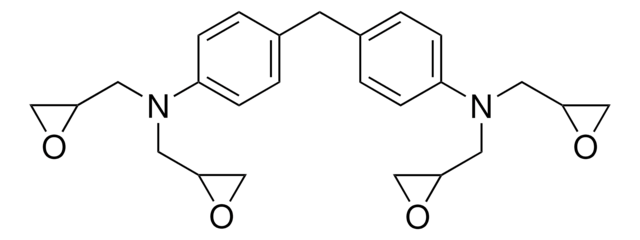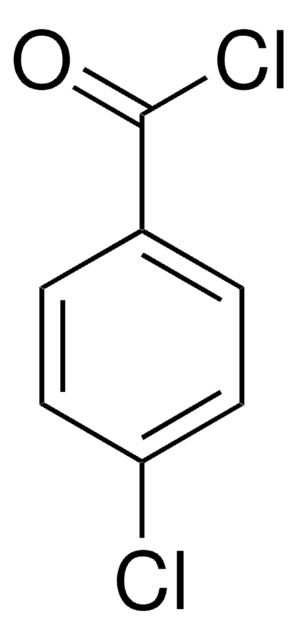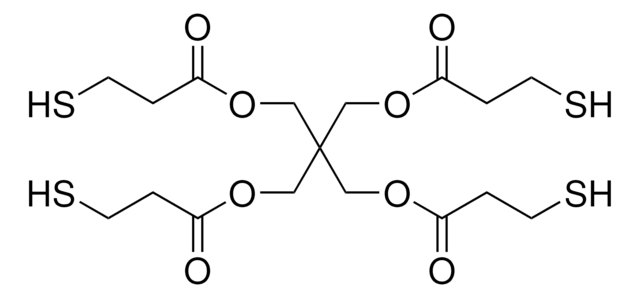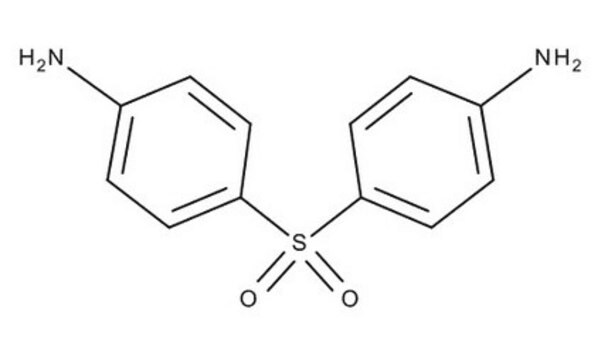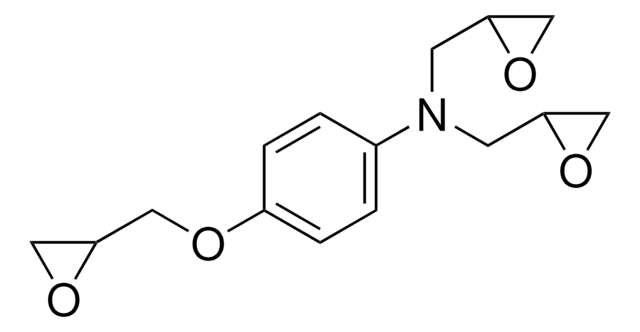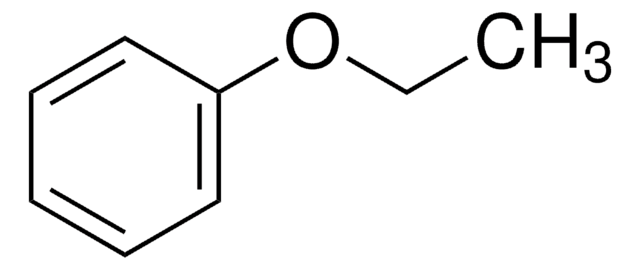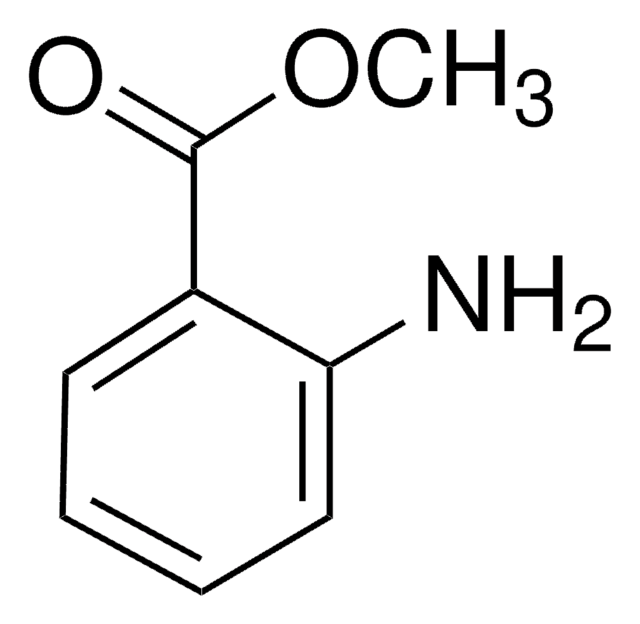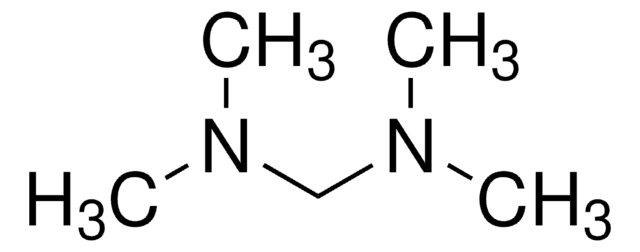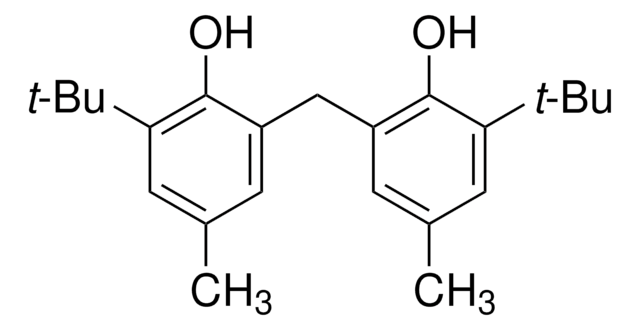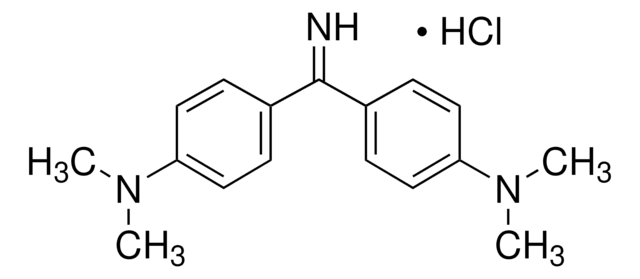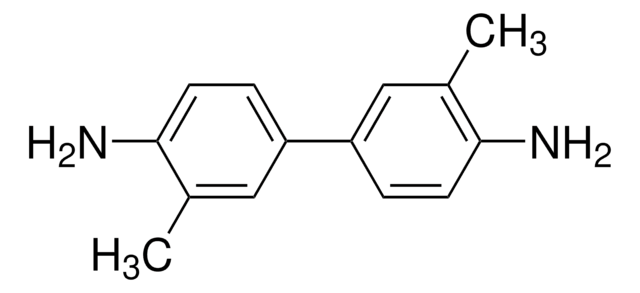Kluczowe dokumenty
M44451
4,4′-Methylenebis(N,N-dimethylaniline)
97.5 - 102.5% purity, powder, crystals or chunks
Synonim(y):
N,N,N′,N′-Tetramethyl-4,4′-diaminodiphenylmethane, N,N,N′,N′-Tetramethyl-4,4′-methylenedianiline, Arnolds base, Michlers base
About This Item
Polecane produkty
Nazwa produktu
4,4′-Methylenebis(N,N-dimethylaniline), 97.5% (GC)
Poziom jakości
Próba
97.5% (GC)
Formularz
powder, crystals or chunks
metody
titration: suitable
kolor
white to faint beige, to Tan
mp
88-89 °C (lit.)
Zastosowanie
diagnostic assay manufacturing
hematology
histology
temp. przechowywania
room temp
ciąg SMILES
CN(C)c1ccc(Cc2ccc(cc2)N(C)C)cc1
InChI
1S/C17H22N2/c1-18(2)16-9-5-14(6-10-16)13-15-7-11-17(12-8-15)19(3)4/h5-12H,13H2,1-4H3
Klucz InChI
JNRLEMMIVRBKJE-UHFFFAOYSA-N
Szukasz podobnych produktów? Odwiedź Przewodnik dotyczący porównywania produktów
Powiązane kategorie
Opis ogólny
Zastosowanie
Działania biochem./fizjol.
Hasło ostrzegawcze
Danger
Zwroty wskazujące rodzaj zagrożenia
Zwroty wskazujące środki ostrożności
Klasyfikacja zagrożeń
Aquatic Acute 1 - Aquatic Chronic 1 - Carc. 1B
Kod klasy składowania
6.1C - Combustible acute toxic Cat.3 / toxic compounds or compounds which causing chronic effects
Klasa zagrożenia wodnego (WGK)
WGK 3
Temperatura zapłonu (°F)
352.4 °F - closed cup
Temperatura zapłonu (°C)
178 °C - closed cup
Środki ochrony indywidualnej
Eyeshields, Gloves, type P3 (EN 143) respirator cartridges
Wybierz jedną z najnowszych wersji:
Masz już ten produkt?
Dokumenty związane z niedawno zakupionymi produktami zostały zamieszczone w Bibliotece dokumentów.
Klienci oglądali również te produkty
Nasz zespół naukowców ma doświadczenie we wszystkich obszarach badań, w tym w naukach przyrodniczych, materiałoznawstwie, syntezie chemicznej, chromatografii, analityce i wielu innych dziedzinach.
Skontaktuj się z zespołem ds. pomocy technicznej